Violet "Esmeralda": description and cultivation
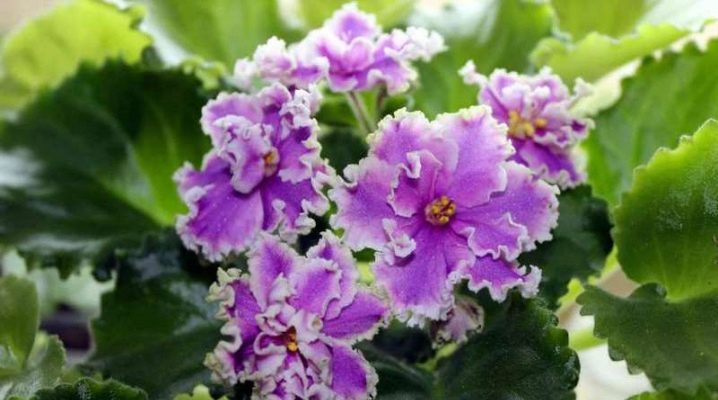
Beautiful flowers that have settled on many windowsills attract the eyes of almost every person. Esmeralda violets are delicate plants. After all, one cannot help but admire them, especially during the period of full bloom, when the entire flowerpot is covered with large corrugated flowers. However, not every novice gardener is able to grow this beauty at home. Therefore, in order to avoid difficulties, it is necessary to become better acquainted with the care of this plant.
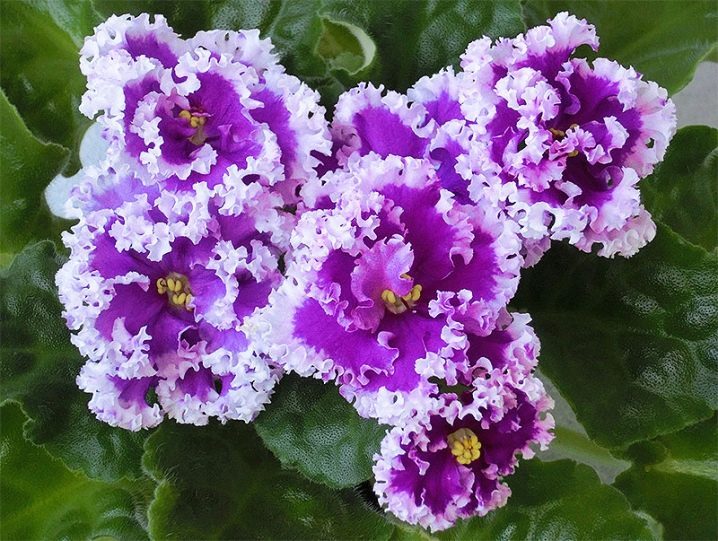
Description
Many are accustomed to calling these plants violets. However, this is just a common expression. Scientifically, they are called saintpaulia, however, it is the word "violet" that is much more familiar to ordinary gardeners. Violet "Esmeralda", like the girl from the well-known history, has a rather "strong character".
It stands out for its rather large double flowers that have a crimson color.
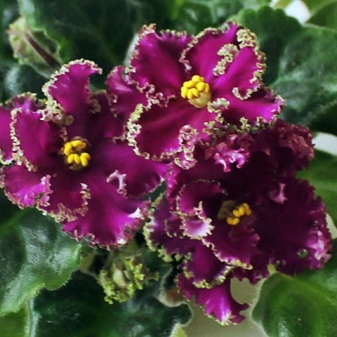

Their edges are framed by a wide green edging, which becomes much lighter over time. But if the temperature in the room is not too high, then the color of the border will not change at all.
The green leaves on the bush are of the usual shape, but acquire a slight wave over the years.
A distinctive feature of this variety is that from the first flowering it gives a large number of flowers that delight everyone for a long time.
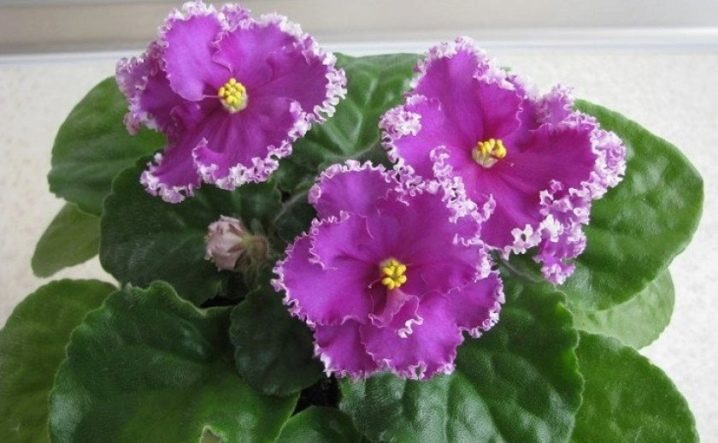
This variety has several subspecies, which can be considered in more detail.
"LE-Esmeralda Lux"
This plant was bred by the Russian breeder Elena Lebetskaya. Thanks to this, the prefix LE appeared. It does not differ much from the usual "Esmeralda", it has large wavy leaves and the same large flowers. Their color can be crimson and burgundy, as well as a fuchsia shade. Its edges have a rather wide border of a light green hue. Its distinguishing feature is the ability to bloom in different ways.
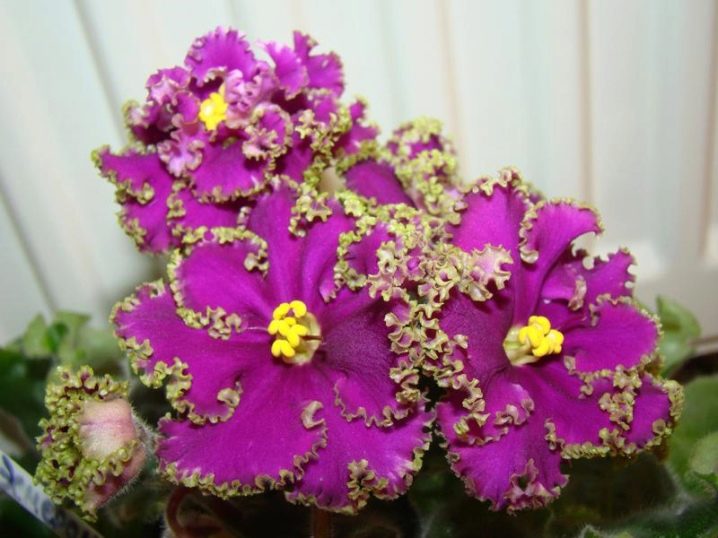
Esmeralda Sport
If we talk about this variety of violets, then the appearance of the flowers remains the same as that of the original source. The only difference is the curliness of the green leaves.

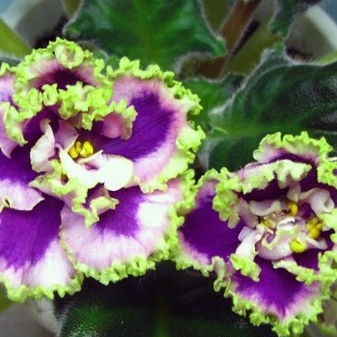
"RS-Esmeralda"
This variety was bred by Russian breeder Svetlana Repkina. The violet is considered to be fast growing. It has rather large flowers that reach up to 8 centimeters in circumference. Its color is more intense, a bit reminiscent of overripe raspberries. At the very edges there is also a light green border.
This saintpaulia blooms from the first year. If it is winter, then it can last up to 6 months. However, in the final phase, buds that have not yet opened may wither. In addition, the instability of "RS-Esmeralda" is noted, because its color changes, for example, it is impossible to find the same flowers on the same bush.
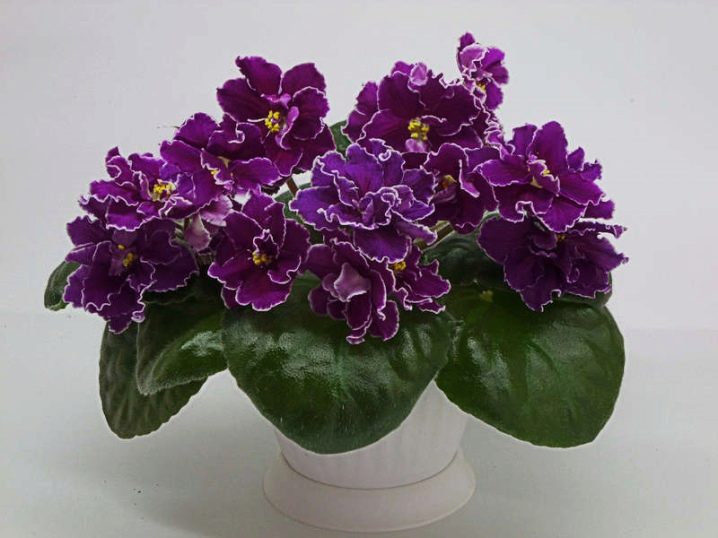
Conditions of detention
Like any plant, the Esmeralda violet requires some attention. For her, the conditions in which she will be are very important. This includes lighting, temperature, watering, and many other factors.
Accommodation
It is best to place the violet on the west or east side of the room. So the light will be enough, and it will not damage the violets at all. They should be placed on the windowsill or not far from them.
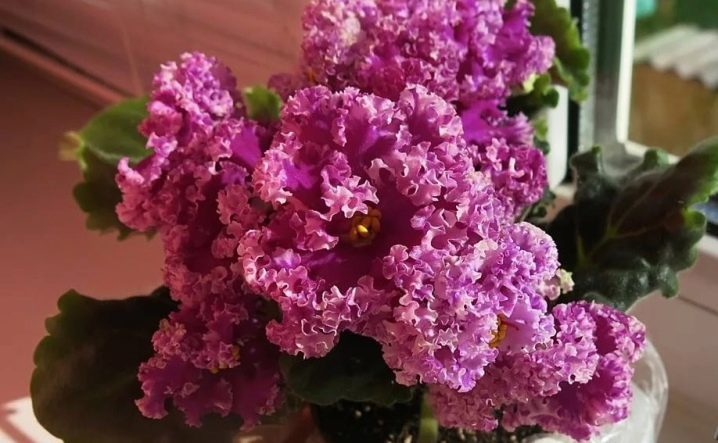
Temperature and humidity
An important role is played by the observance of the temperature regime. The violet is especially afraid of sudden changes in temperature. It should not exceed +25 degrees and fall below +3 degrees. In addition, drafts must be avoided.Failure to comply with these rules can even lead to the death of Saintpaulia.
Indoor humidity is also important, because violets are very fond of increased moisture. However, it is strictly forbidden to spray them, otherwise the plant will hurt.
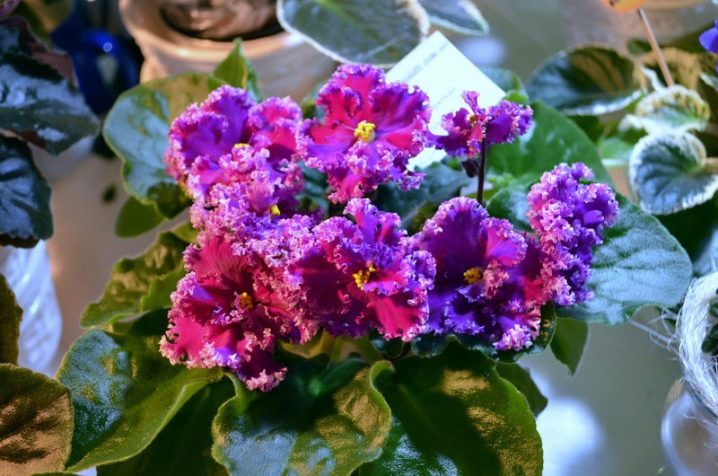
Some gardeners use a leaf shower, but after that they need to be wiped dry.
From time to time, the leaves should be wiped with a slightly damp cloth, but this should be done no more than once a month. Some experts put a drainage with pebbles, as well as water, next to the violet. Perlite can sometimes be used as an alternative. This method will help to avoid even fungal diseases.
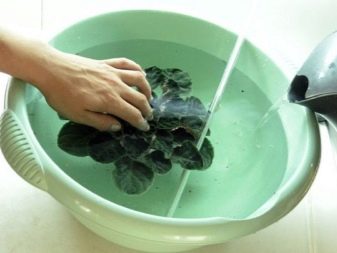
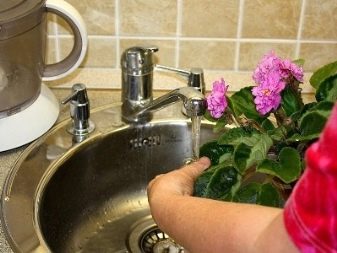
Lighting
It is not worth keeping Saintpaulias in direct sunlight, as this can even lead to burns on the leaves. In addition, in winter, the flower should receive no less light than in summer.
Therefore, it can be supplemented with artificial lighting. This should be at least 15 hours per day.
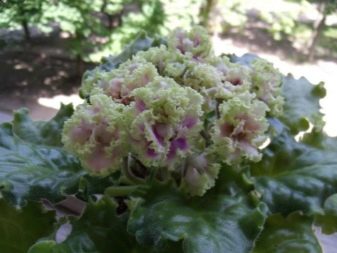
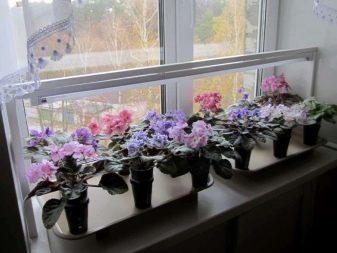
Transfer
You need to transplant the plant once a year, and this is best done in the spring. The land can be purchased in specialized stores or you can make it yourself. It must include the following components: peat, deciduous and coniferous humus. In addition, minerals must be added.
With special attention it is necessary to choose the container in which the violet will be located. It is best to take pots made of clay. After all, this will have a good effect in the future on the growing season of the flower. The size should be 2 or even 3 times smaller than the outlet diameter.
When everything is ready, the plant can be taken out of the pot and carefully transferred to a new container. Sprinkle on top with fresh substrate. If the violet has not been transplanted for a long time, then the soil changes completely. In addition, for the good development of the Saintpaulia rosette, the pot must be periodically turned in different directions. This will enable the violet to receive uniform illumination.
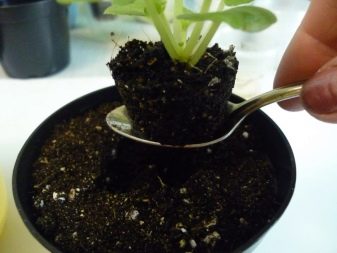
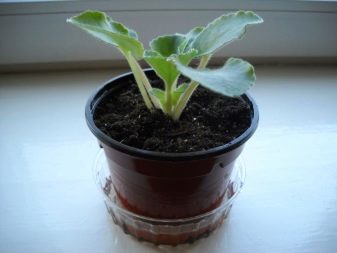
Care
Violet is one of the most beloved flowers that grows in many houses or apartments. In order for her to delight her owners longer, she needs proper care. And first of all, it is proper watering, as well as protection from pests and diseases.
Fertilizer
Do not forget about the timely introduction of nutrients. It is necessary to apply fertilizers with the onset of spring or during the period when the first buds begin to appear. Do this every half month. The only time when nutrients are not required is winter. During this period, the violet practically does not grow and does not bloom, but is more in a calm state.
First, nitrogen substances are introduced, and then phosphorus ones. Any of these can be purchased at specialized flower shops.

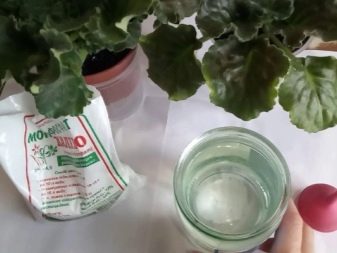
Watering
Since the leaves of Saintpaulia are quite close to the ground, when watering, water can get directly to their surface. As a result, various fungal diseases may appear. To prevent this from happening, watering should not be done from above.
It is best to do it from the bottom. To do this, the container must be immersed in water and wait a little. When the top layer of the substrate becomes wet, you can pull the pot out of the water. After that, he must be allowed to drain a little, and only then put him in a permanent place.
Some gardeners use a regular rope for watering, which is pulled through the entire pot and through the bottom hole is lowered into a bowl with clean and settled water. In this way, the water can evenly moisturize the entire substrate.
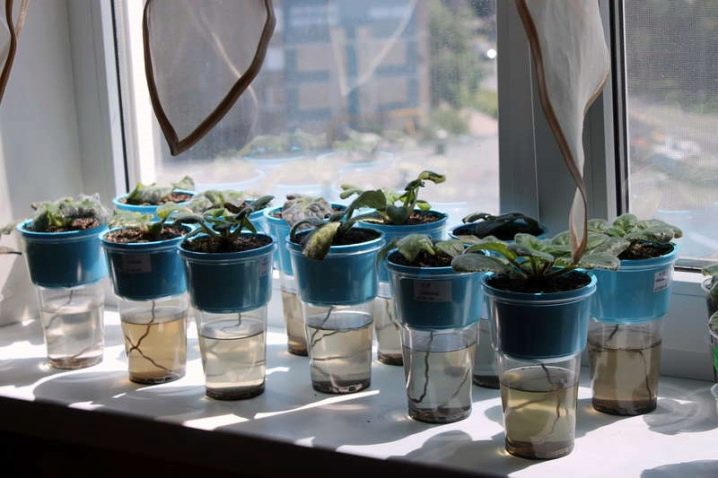
Diseases and pests
If there are signs of a violet disease, this can only mean one thing - the care of the plant was done incorrectly. As a result, various diseases can appear.
Powdery mildew
This disease manifests itself as a result of excessive moisture or low temperatures. White spots appear over the entire surface of the leaves. For preventive purposes, the violet must be treated with sulfur powder or any fungicide.
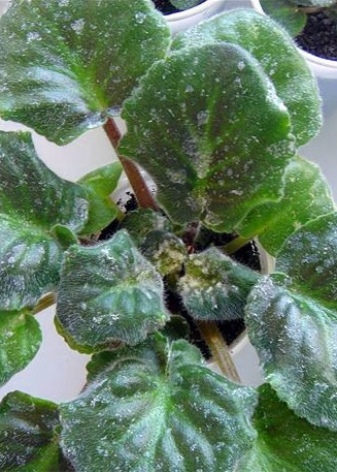
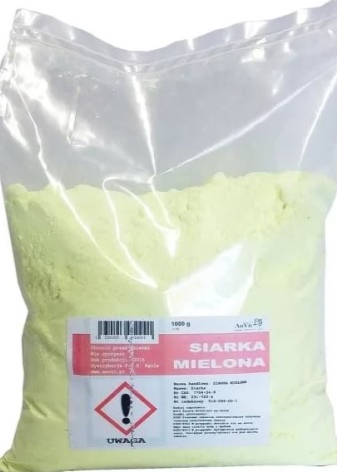
Late blight
Such a disease immediately affects both the stems of the violet and its root system, which takes on a grayish-brown hue. In order to get rid of it, you need to get the plant out of the flowerpot and cut off all the affected roots.
Then it must be transplanted into a new container with fresh substrate.

Gray rot
When a gray fluffy bloom has appeared on the violet, this can lead to the rapid death of the entire plant. At the first sign, it must be transplanted into fresh soil, having previously treated the entire root system with calcium.
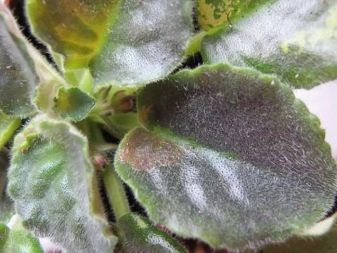
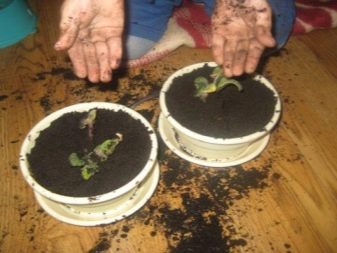
Fusarium
This disease appears as a result of sudden temperature changes, or when the capacity does not match the size of the plant. In violets, the roots immediately begin to rot, as well as the leaves. Fusarium is treated only with antifungal drugs.

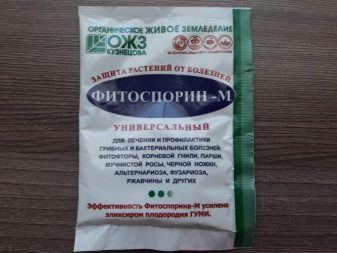
Rust
Rust can appear on the plant only as a result of contact with the leaves of water. However, to combat it, it will be enough to simply cut off the affected parts of the violet.
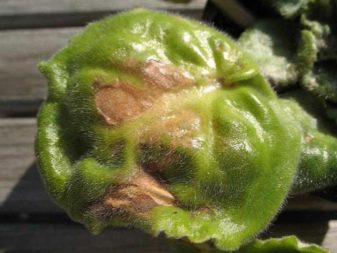

Do not forget about pests, the fight against which must also be carried out.
Nematodes
Often small worms can appear in the substrate, which cannot be noticed immediately. They take all the juices from the violet, while releasing a lot of toxins. Spots immediately appear on the leaves, which after a certain time simply rot. A little later, the whole plant also disappears. In this case, you will not be able to cure Saintpaulia, you just need to destroy it, and treat the pot with a disinfectant solution.
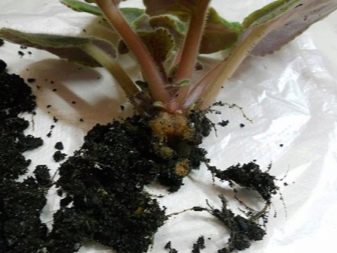

Whiteflies
These pests settle on the lower leaves of the violet and entangle it with sticky cobwebs. You can fight it with the help of special drugs, for example, "Aktofita" or "Fitoverma".
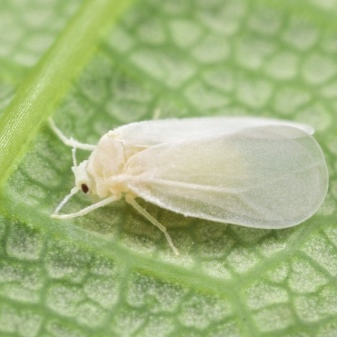
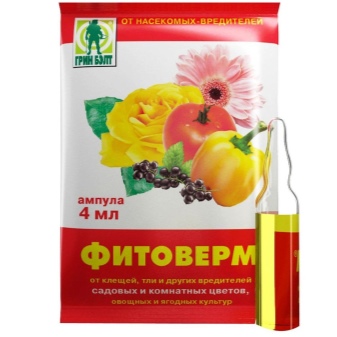
Mites
Most often, young leaves, which become gray in color, suffer from such pests. In addition, the buds also do not open.
The struggle is to treat the plant with chemicals.
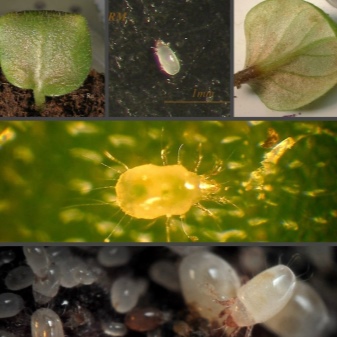

Summing up, we can say that "Esmeralda" differs from its relatives in quite bright and lush colors. And if caring for her is correct, she will be able to delight with this beauty for quite a long time.
How to plant violets "kids", see below.































The comment was sent successfully.